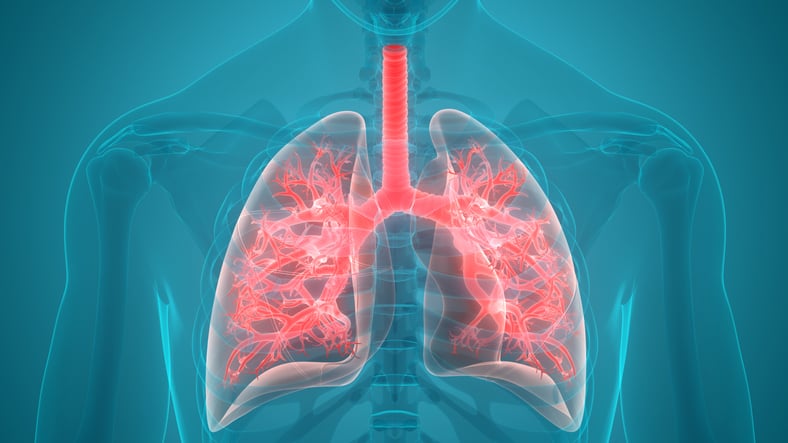Obstructive sleep apnea syndrome in children is associated with significant morbidity. Polysomnography is the main diagnostic tool but is time consuming and requires skilled manpower to supervise the patient overnight and hence long referral to diagnosis time. However, there are limitations and underestimation of the apnoea hyponea index (AHI) with alternative home sleep apnoea testing (HSAT), such as type 3 respiratory polygraphy (RP). Prior studies have demonstrated pulse transit time (PTT) to be a reliable indicator of cortical arousals. In this study, the use of PTT together with RP will be studied to determine whether the derived AHI is comparable to that of PSG.
Forty-five patients with suspected OSA met the inclusion criteria underwent PSG in the sleep laboratory for analysis. The raw data for either PSG or RP analysis were allocated separately to two different accredited sleep technicians. The primary outcome AHI derived from PTT with RP was compared to the AHI derived from PSG. Secondary outcomes compared were obstructive apnoea index (OAI), total hypopnoea index (THI) and arousal index (AI). Bland Altman analysis was used to compare the agreement of AHI derived from the 2 modalities and demonstrate whether RP is non inferior or equivalent to the gold standard for diagnosing OSAS.
The patients studied had a median age of 8.8 years (range 3-17 years). The patients were not limited to certain spectrum of severity OSA and had AHI results spread from mild to severe OSA (AHI 0.4/hr to 72.2/hr). The RP with PTT-derived AHI was strongly correlated to the PSG derived AHI as seen on the Spearman plot (r = 0.98). The Bland Altman plot showed no evidence of underestimation of the AHI due to missed arousal related hypopneas. The difference of AHI derived from RP and PSG results were clinically insignificant. The differences between the PSG and RP total hypopnoea index (THI) and arousal index (AI) were also statistically insignificant.
The study shows that RP with PTT can be considered a reliable diagnostic alternative compared with PSG. The role of PTT incorporated with RP was to minimize underestimation of AHI due to missed arousal associated hypopnea events. The results were apparent across mild to severe severity of OSA. There are advantages of RPs particularly in paediatrics. Overall this study offers promising preliminary insights that RP incorporated with PTT can be further explored as an acceptable home diagnostic tool for diagnosing OSA in children.
Copyright © 2021 Elsevier B.V. All rights reserved.
Comparing respiratory polygraphy with pulse transit time analysis versus overnight polysomnography in the diagnosis of obstructive sleep apnoea in children.


